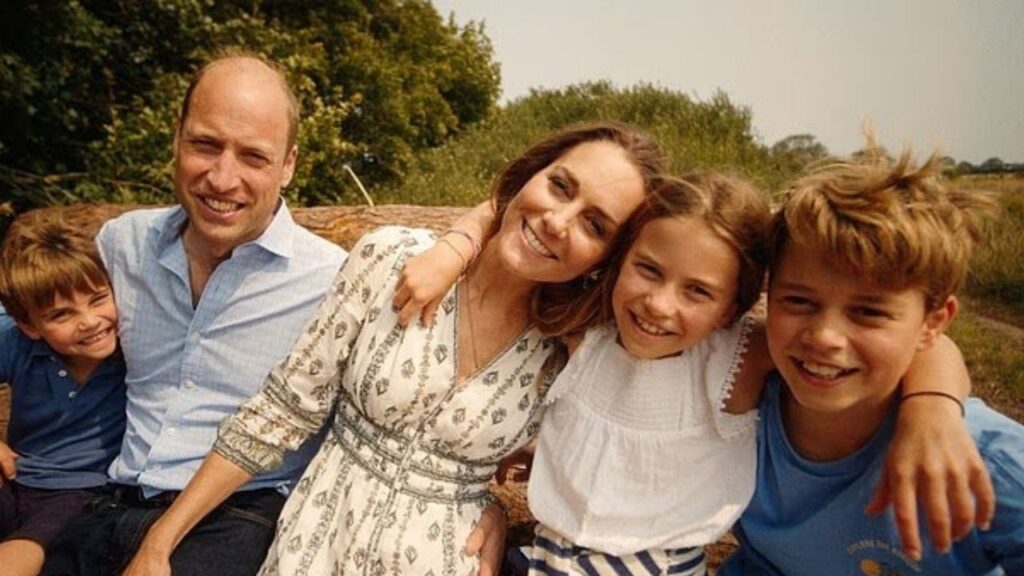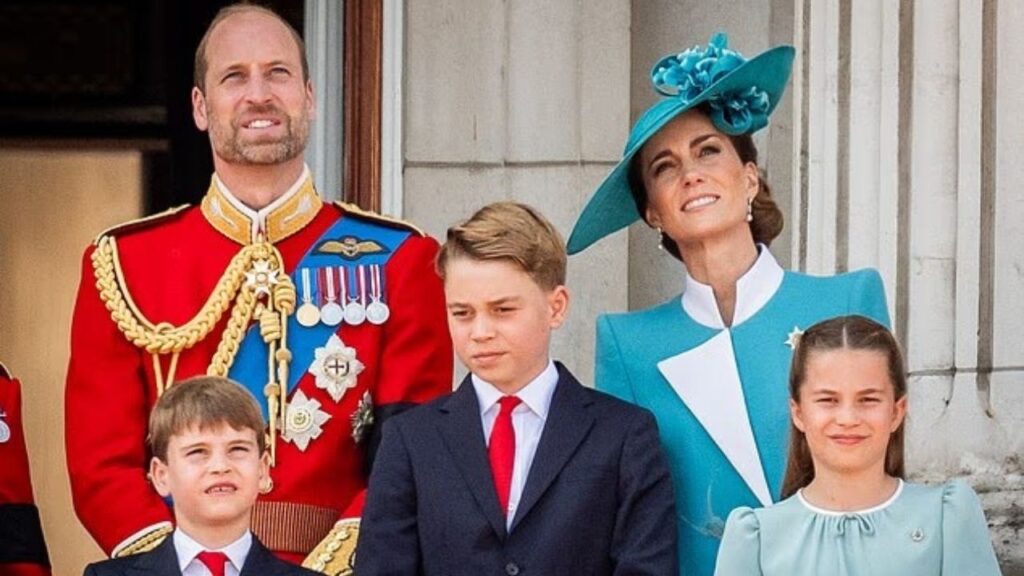Royal Family’s Historic Shift Away from Traditional Palace Living Could Transform the Monarchy
In a move that would fundamentally reshape centuries of royal tradition, Prince William and Catherine, Princess of Wales, intend to make Forest Lodge in Windsor Great Park their permanent home—even after William ascends to the throne. This unprecedented decision raises significant questions about the future of Buckingham Palace and other iconic royal residences.

A New Chapter in Royal Living
The Wales family is preparing to move from their current residence at Adelaide Cottage to the eight-bedroom Georgian mansion by the end of the year. Unlike the grand palaces traditionally associated with royalty, Forest Lodge represents a decidedly more modest approach to royal living.
Built in the 1770s, the Grade II-listed property features elegant period details including elaborate plaster cornices, marble fireplaces, and a distinctive half-barrel-vaulted ceiling. The three-story home includes six bathrooms, a long gallery, and a tennis court—amenities that suit the active lifestyle of the Princess of Wales and their three children.
“This is for the long term and it’s their intention to stay in Forest Lodge once he becomes king,” revealed a source close to the couple.
Breaking with Centuries of Tradition
William’s decision would make him the first monarch since medieval times not to live in a castle or palace. This stark departure from royal convention reflects his commitment to a more relatable style of monarchy, prioritizing family life over ceremonial grandeur.
The choice stands in marked contrast to other royal residences: Prince Andrew’s expansive 30-room Royal Lodge and Prince Edward’s Bagshot Park, which boasts between 50 and 120 rooms. The Wales family will pay market rent for Forest Lodge and fund renovations themselves, further emphasizing their desire for independence from traditional royal arrangements.

Family-First Philosophy
The move represents more than just a change of address—it embodies William and Catherine’s determination to maintain hands-on parenting while fulfilling their royal duties. All three children currently attend nearby Lambrook School, where they are reportedly thriving.
“They want to continue to do the school run, even if they are king and queen,” explained a source familiar with their plans.
The family will maintain their privacy-focused lifestyle, with no live-in staff at Forest Lodge. Security personnel, housekeepers, and nannies will be housed in nearby estate cottages, ensuring protection while preserving the family’s desire for normalcy.
The Buckingham Palace Dilemma
William’s permanent residence at Forest Lodge raises serious questions about Buckingham Palace’s future role. The iconic London residence is currently undergoing a massive £369 million renovation project, funded by taxpayers, that won’t be completed until 2027.
The ten-year refurbishment program has left the palace without royal residents, and if William maintains his Windsor base as king, it may never again serve as a monarch’s home. This prospect concerns many who question whether the expensive renovations can be justified for what would essentially become a ceremonial venue and tourist attraction.
“Will it have the same attraction as the nation’s most-gilded museum when there is no monarch in residence?” observers wonder.
A More Accessible Monarchy
Despite not living at Buckingham Palace, William plans to maximize its potential as both a tourist destination and venue for official functions. His vision includes expanded public access, increased government and charitable events, and greater revenue generation to offset maintenance costs.
Similarly, the private estates of Sandringham and Balmoral may see increased public access, transforming from purely private retreats into more commercially viable properties.
Fresh Start After Difficult Years
The move to Forest Lodge also represents a symbolic fresh start for the Wales family following challenging years that included cancer diagnoses for both Catherine and King Charles. With Catherine now in remission, the new home offers an opportunity to create positive memories and leave difficult experiences behind.
“It’s a fresh start for them after three really tough years,” noted a source close to the family. “They are looking forward to creating many happy memories in their new home.”
Balancing Privacy and Public Duty
The Wales family will continue working from Kensington Palace, where their Royal Foundation and Catherine’s Centre for Early Childhood are based. They’ll retain their London apartment and Norfolk retreat while making Forest Lodge their primary residence.
This arrangement raises questions about the future of their rarely-used Kensington Palace apartment, which underwent a £4.5 million public-funded renovation in 2014. Some suggest the space could be repurposed or rented commercially while the family uses Buckingham Palace suites when needed.
Local Impact
The move has generated excitement among Windsor locals, though some concerns exist about traditional events like the popular Christmas tree shop that operates near Forest Lodge. The family’s new home sits on a private road in an isolated section of Windsor Great Park, offering the children freedom to cycle for miles without encountering the public.
“It’s about as isolated as you can get there, so you can see the attraction for them,” observed one local resident.
A Monarchy for Modern Times
William’s decision reflects his broader vision of a modernized monarchy that prioritizes family welfare while maintaining essential ceremonial functions. By choosing a comfortable but modest home over palatial grandeur, he signals a fundamental shift in how future monarchs might balance personal life with royal obligations.
As one insider reflected: “The late Queen said she had to be seen to be believed. I just hope that the Prince of Wales can find the right balance between raising his family away from the public glare at Windsor with the presence required of him as a future, and eventual, head of state.”
This historic change in royal residential patterns may well define William’s eventual reign—a monarchy that operates from Windsor’s parkland rather than London’s ceremonial palaces, prioritizing accessibility and family life over traditional pomp and circumstance.






